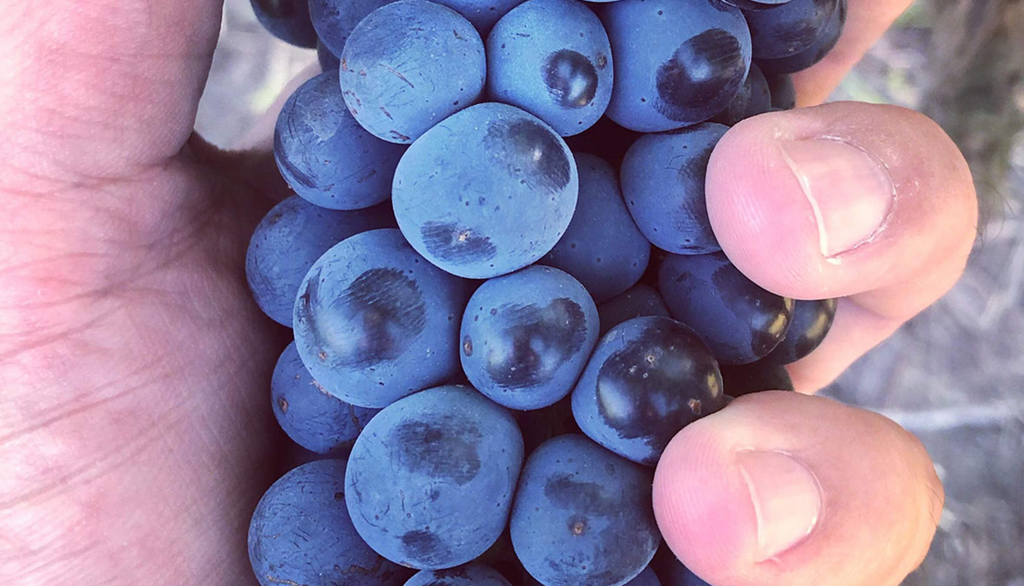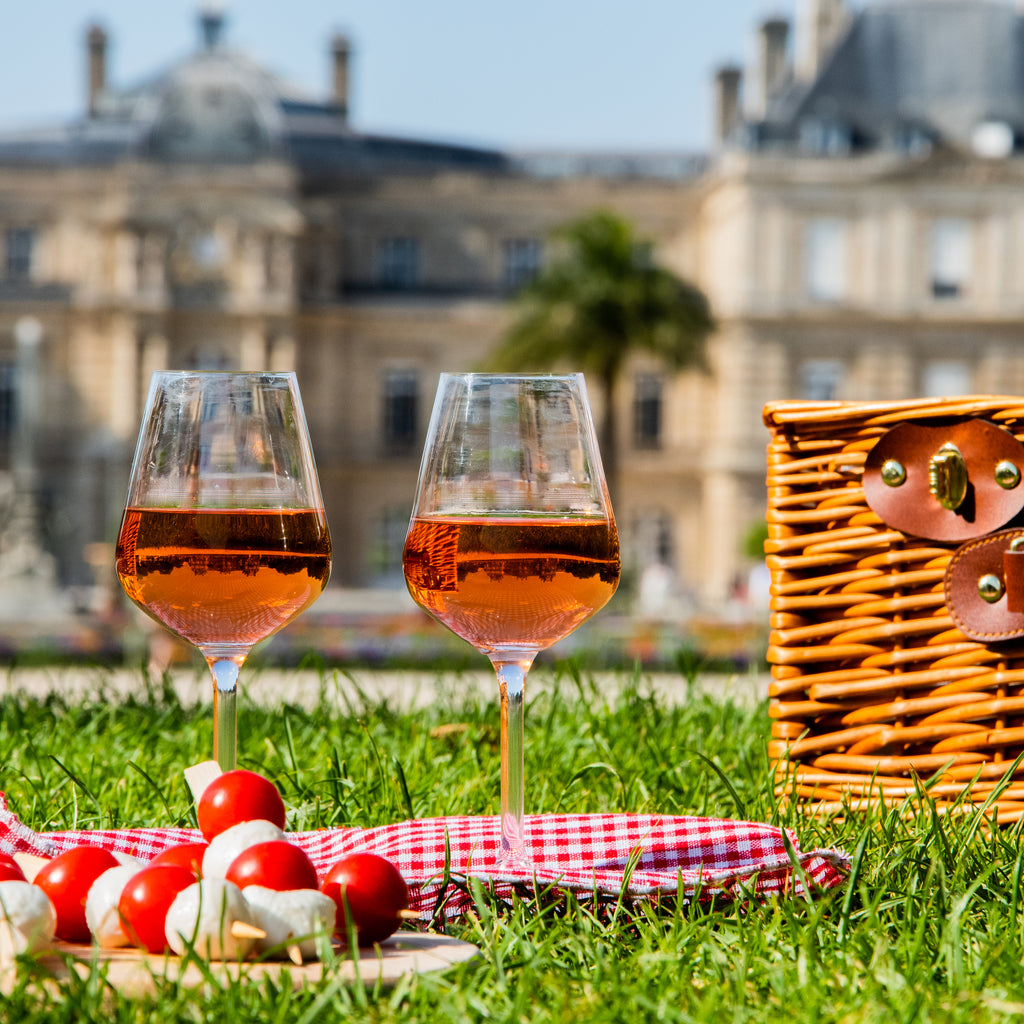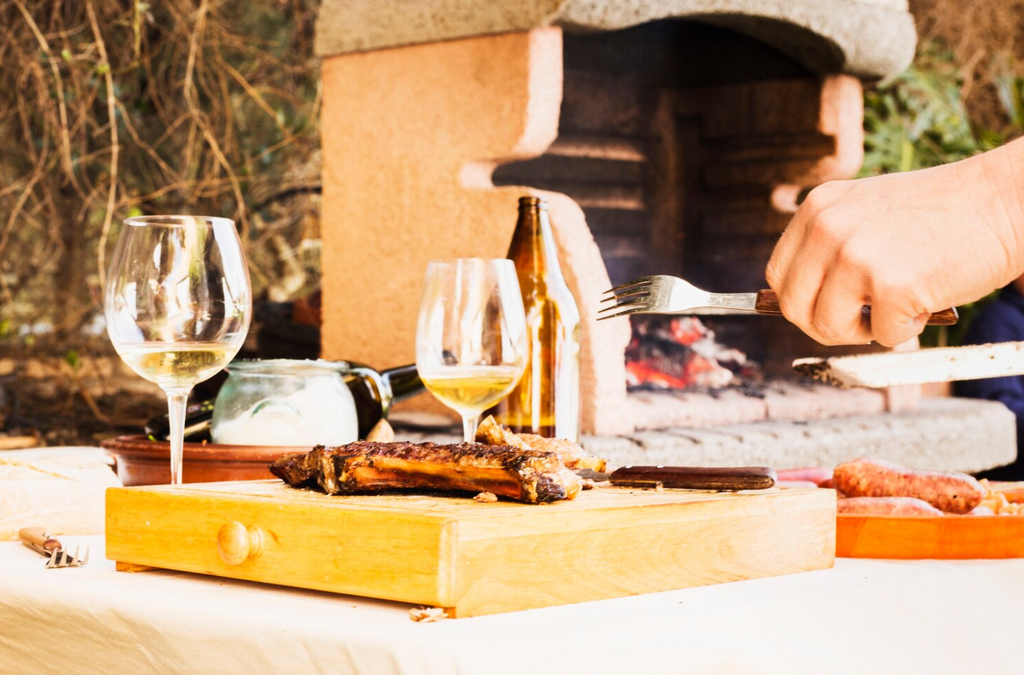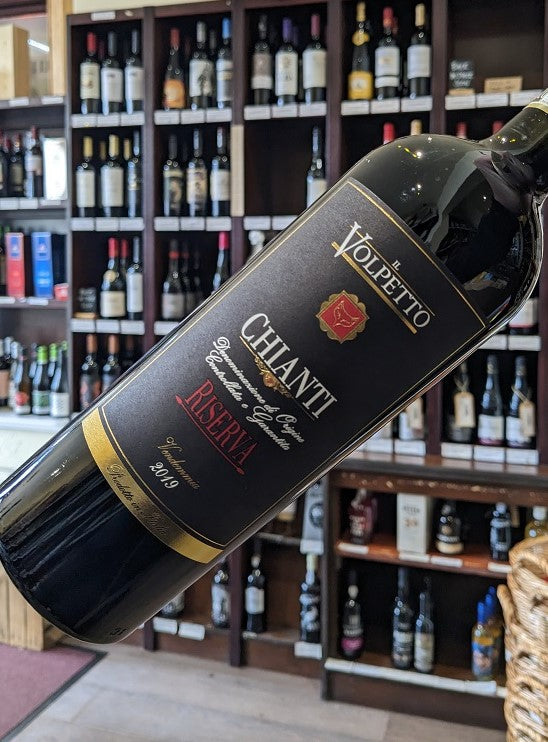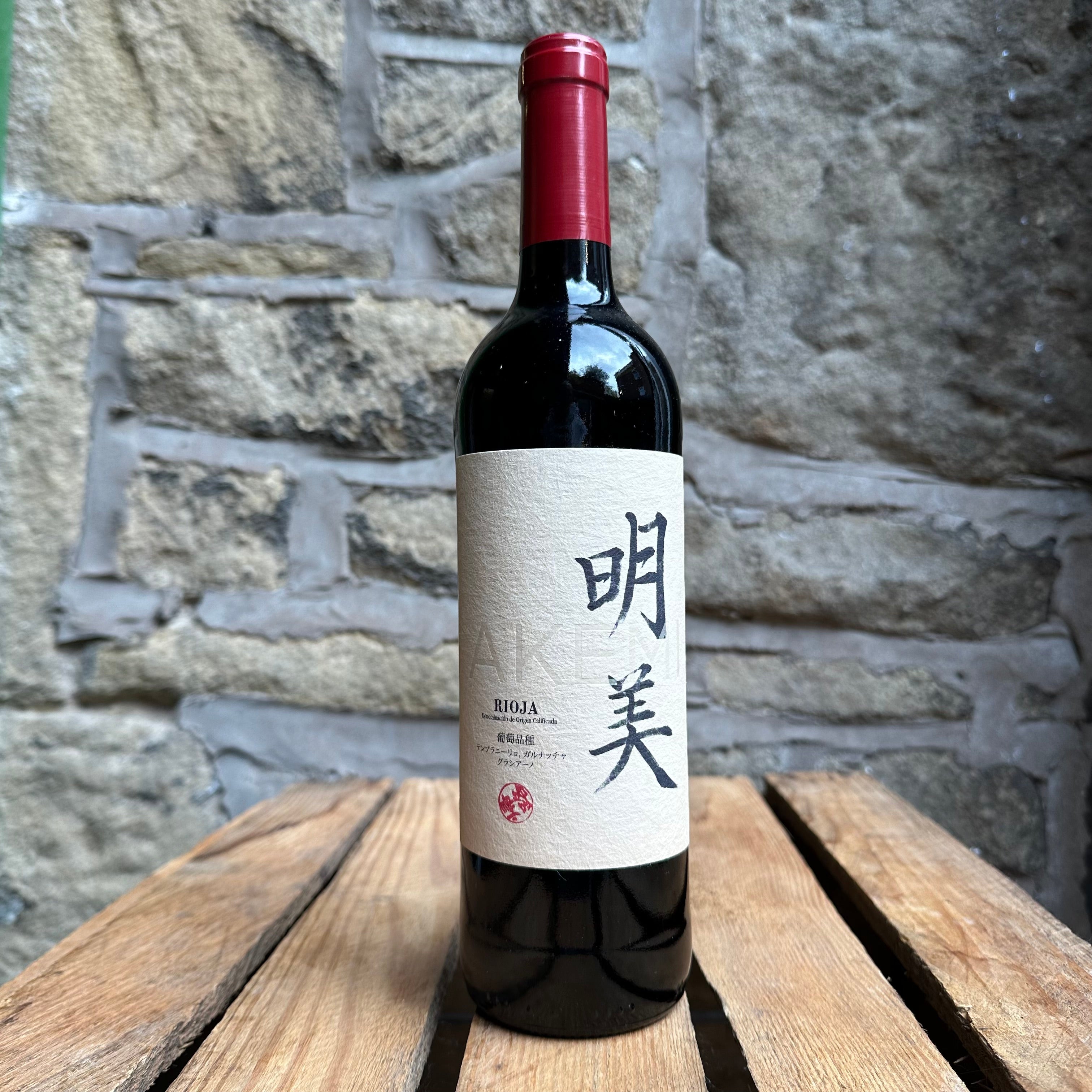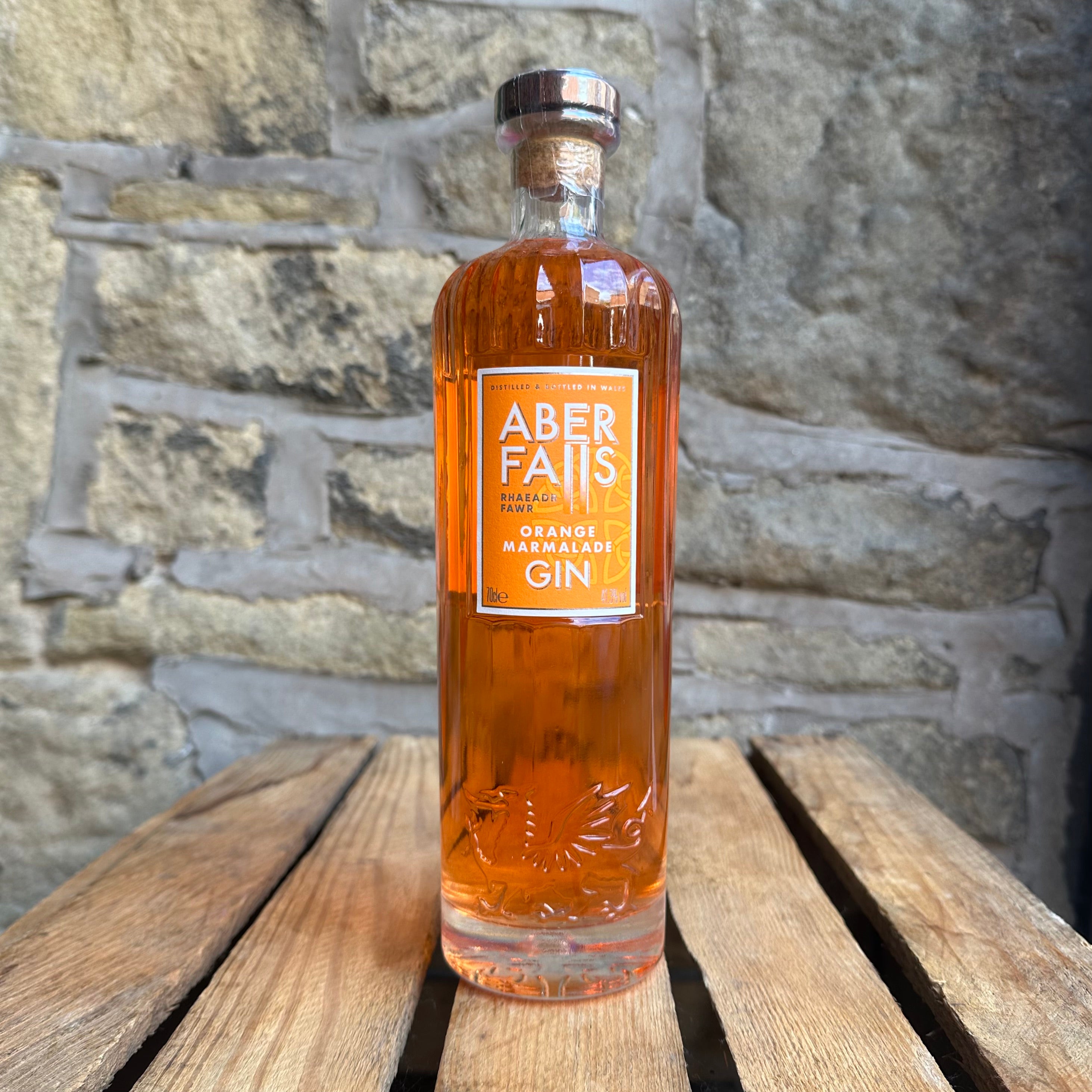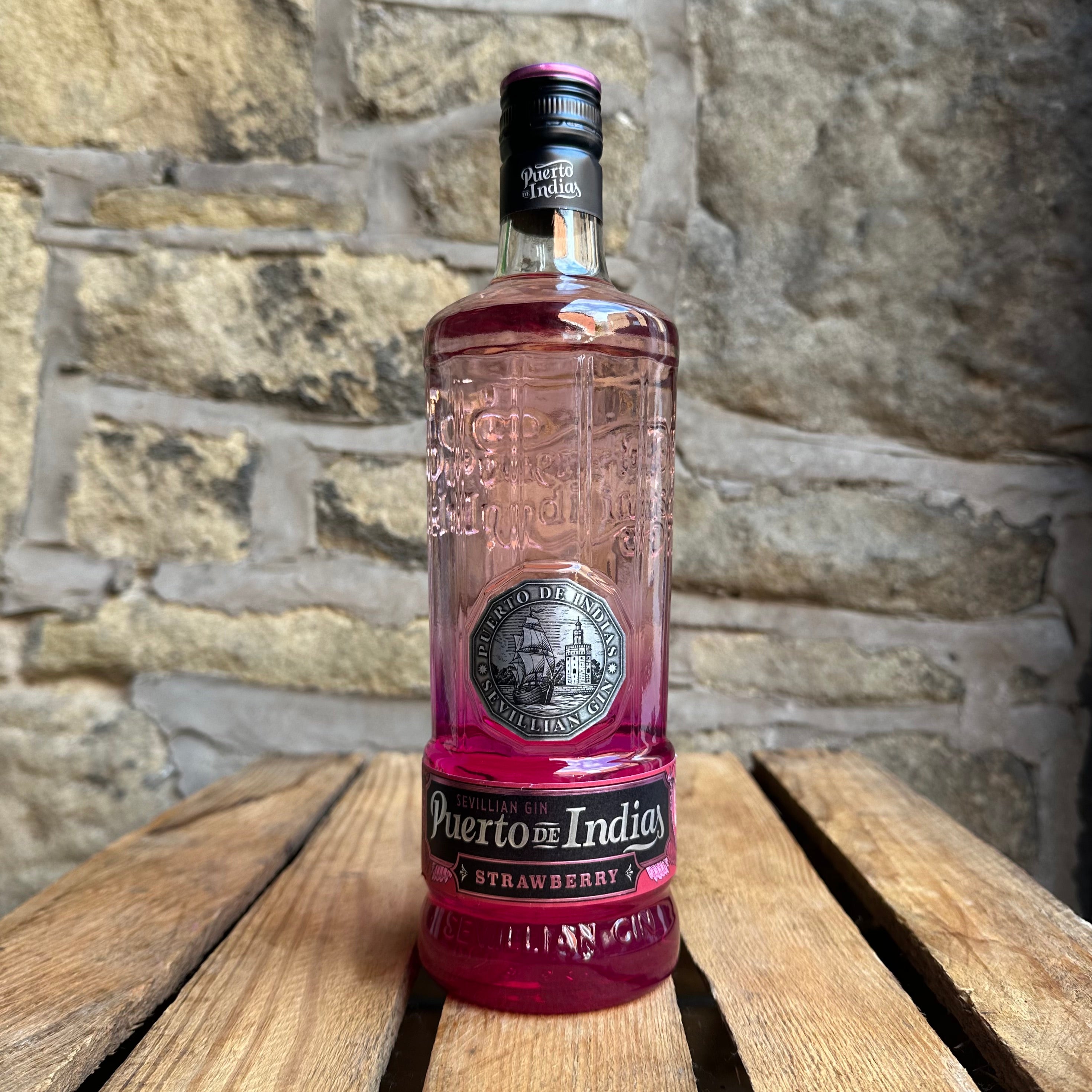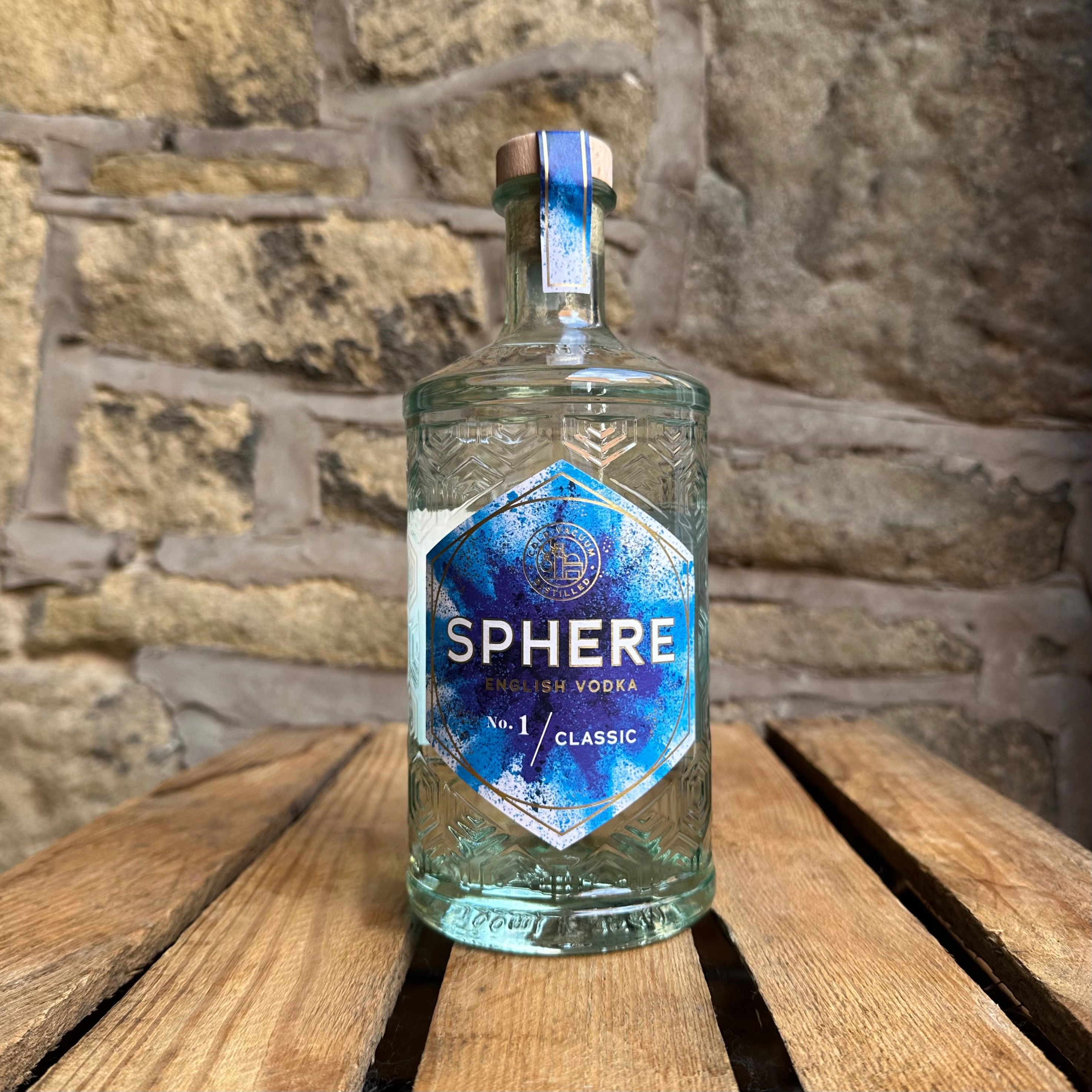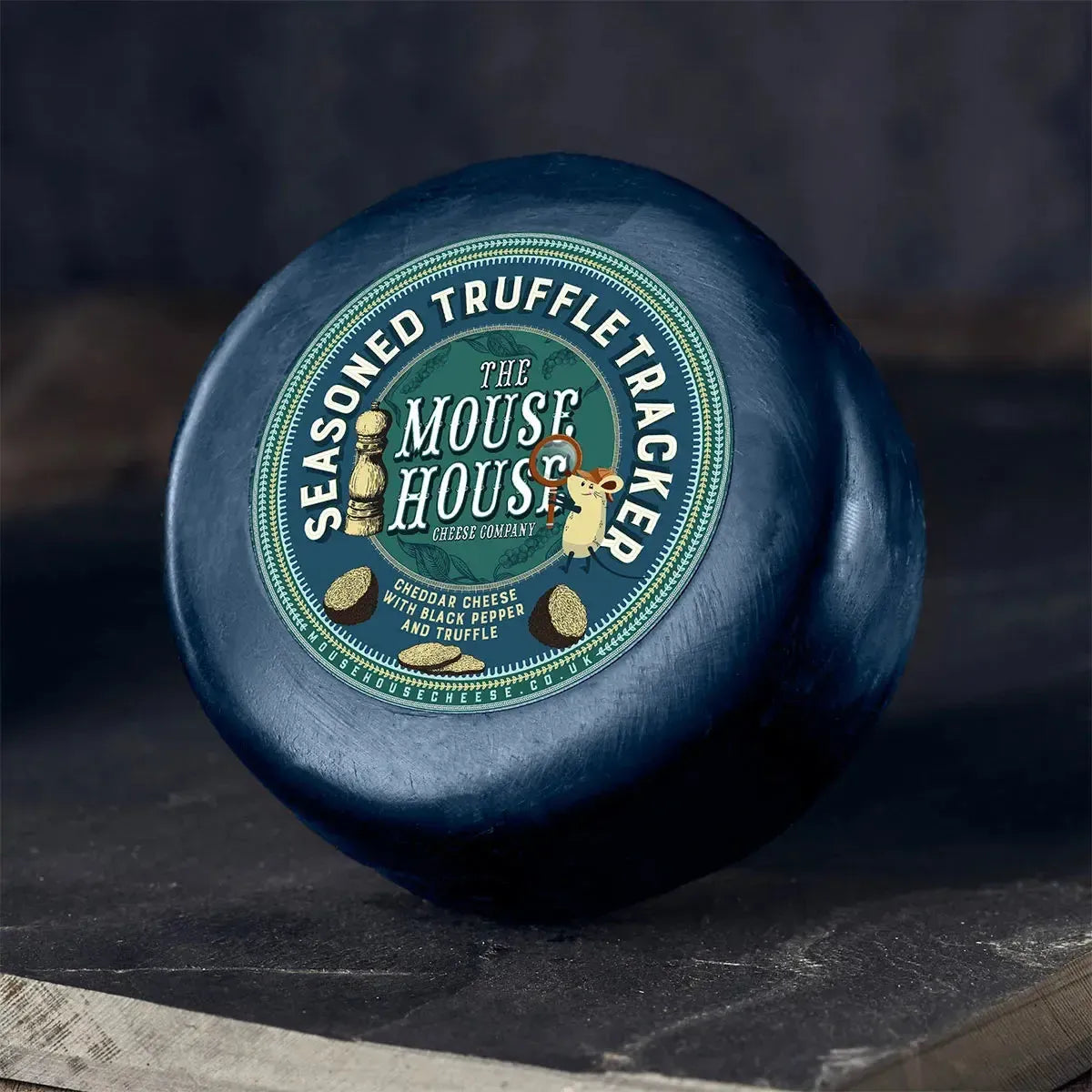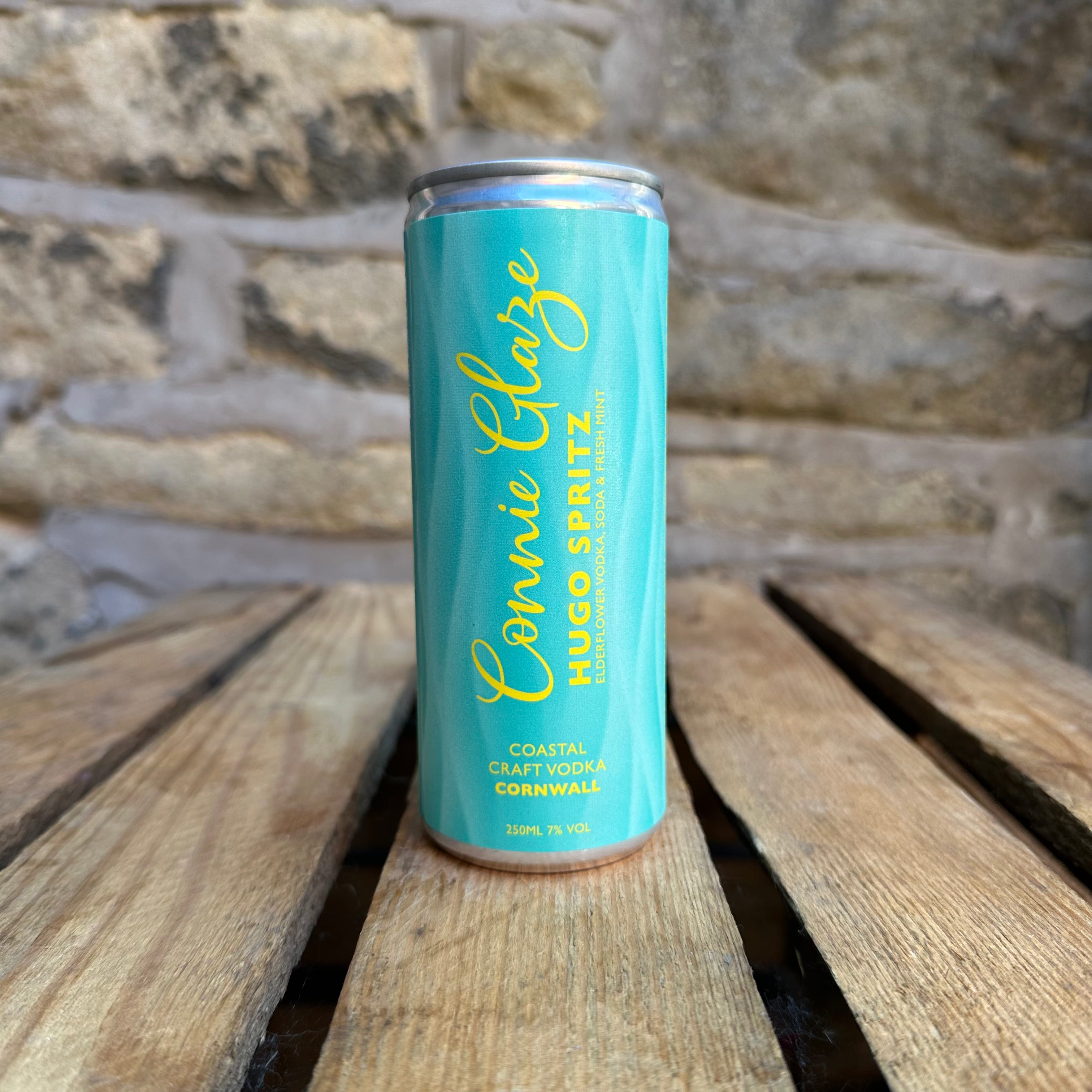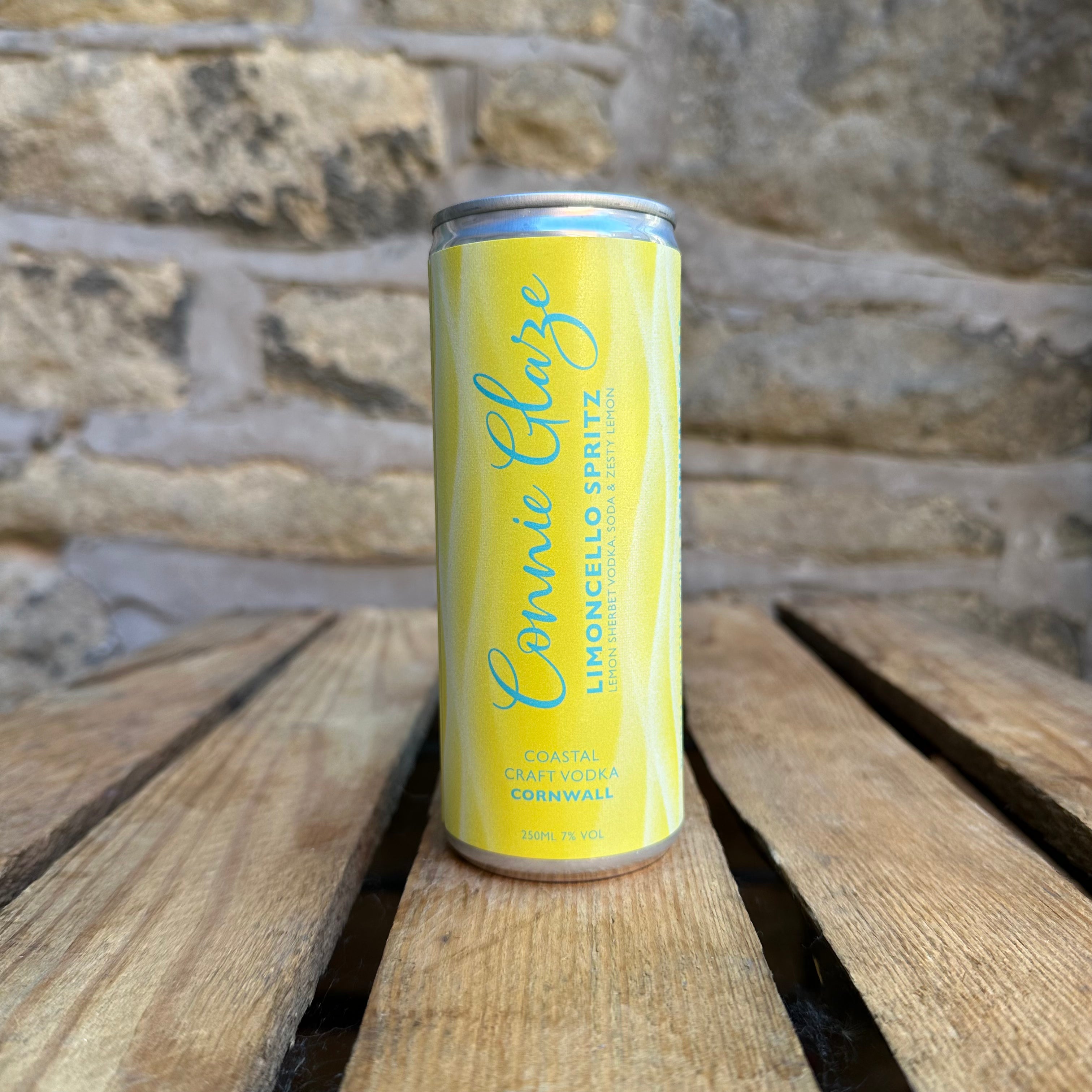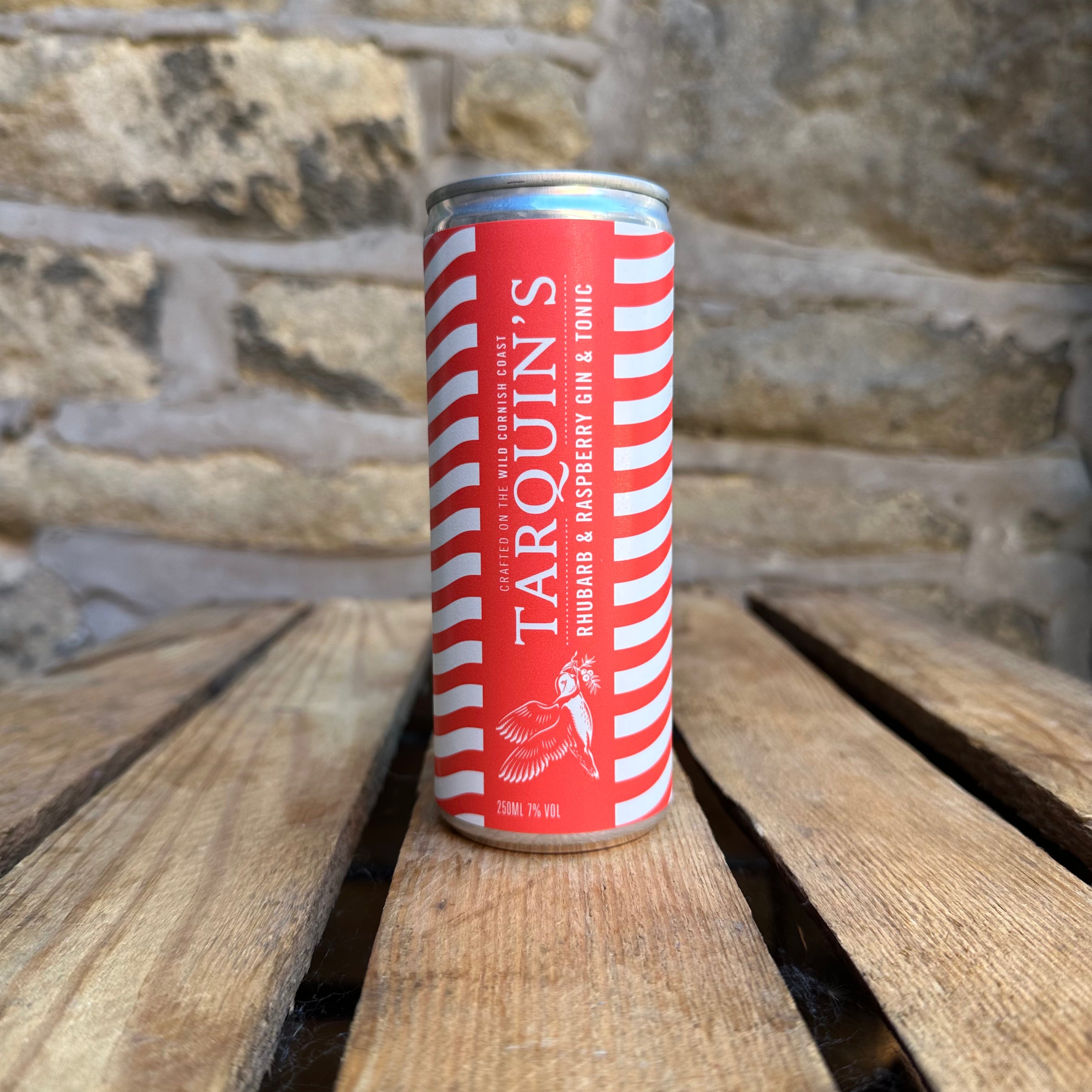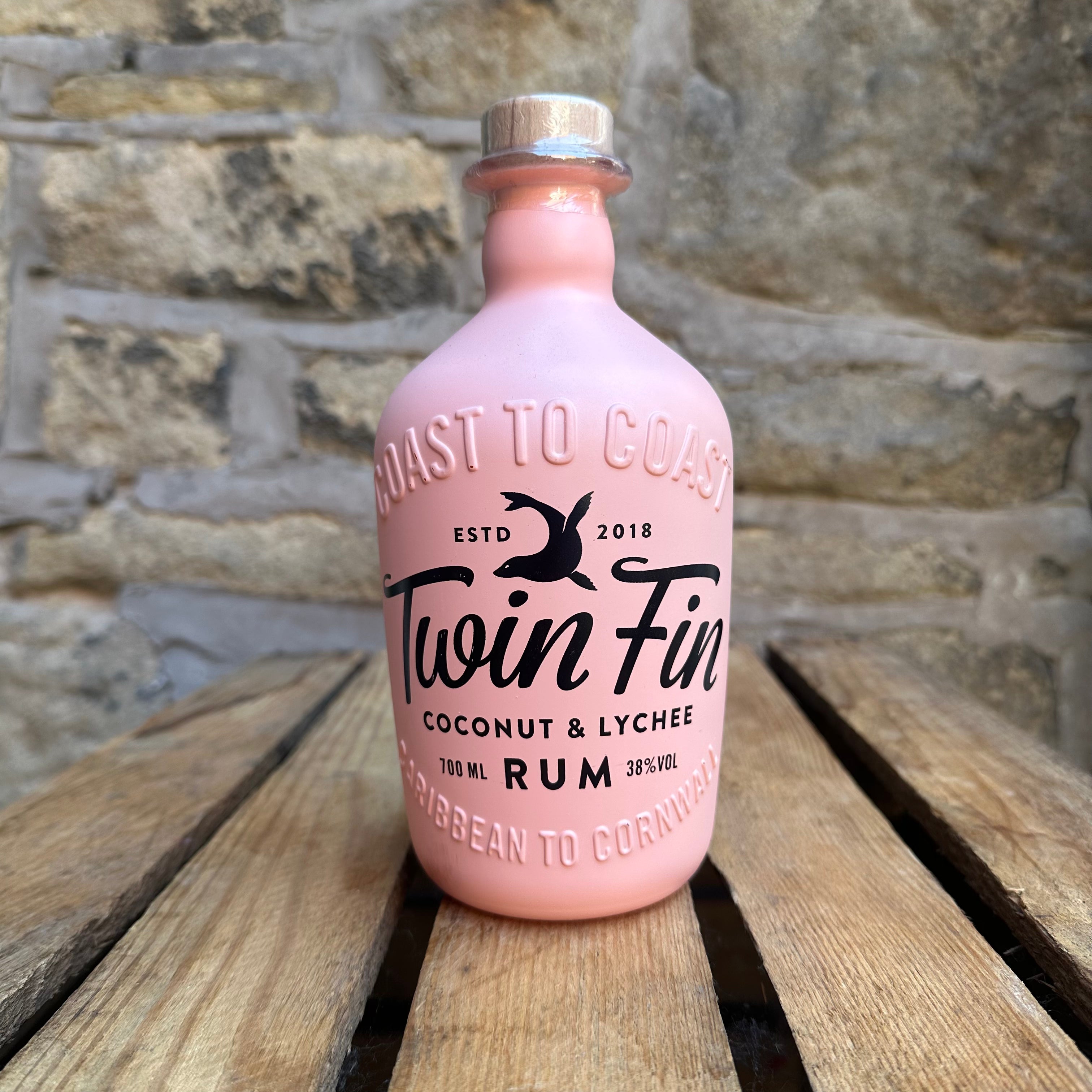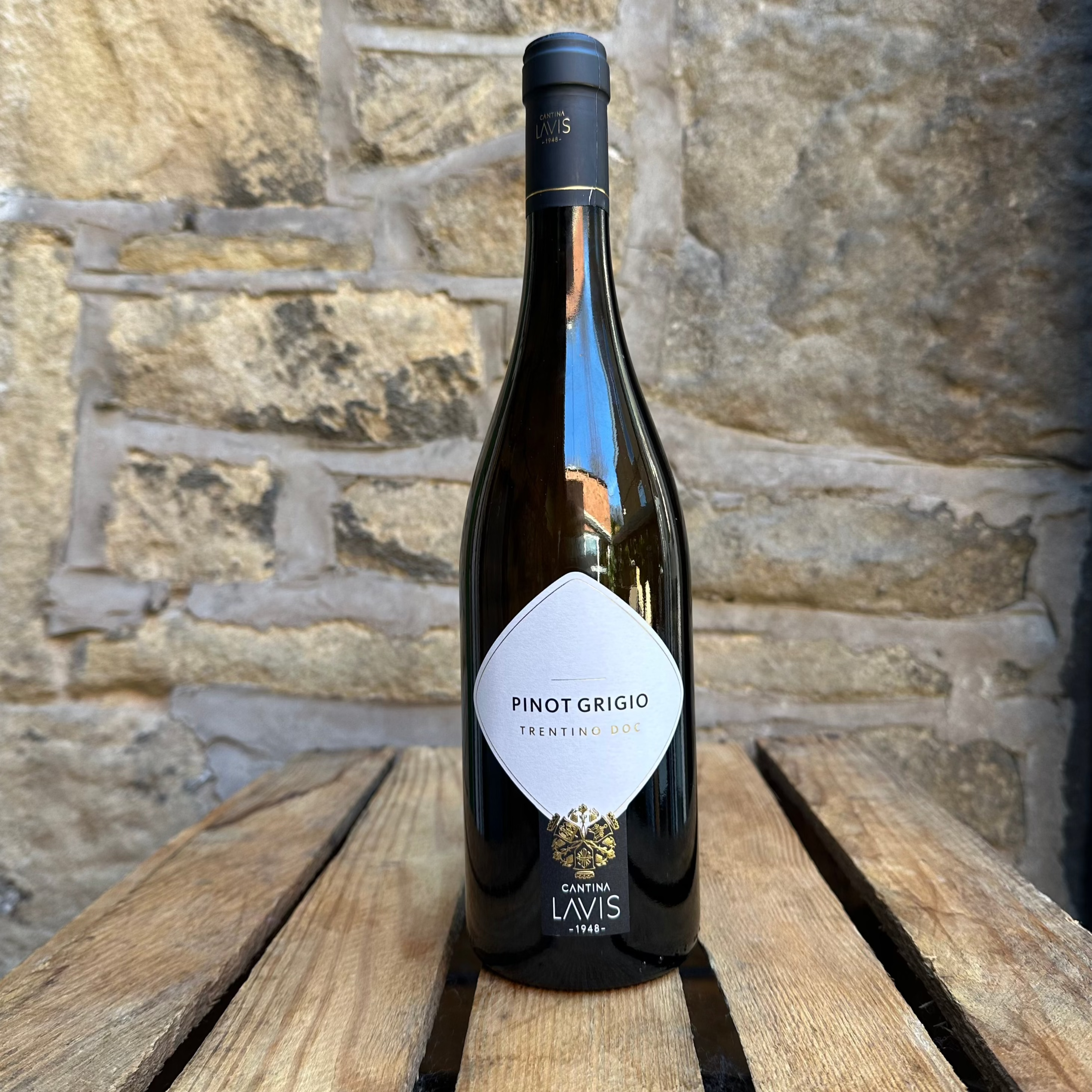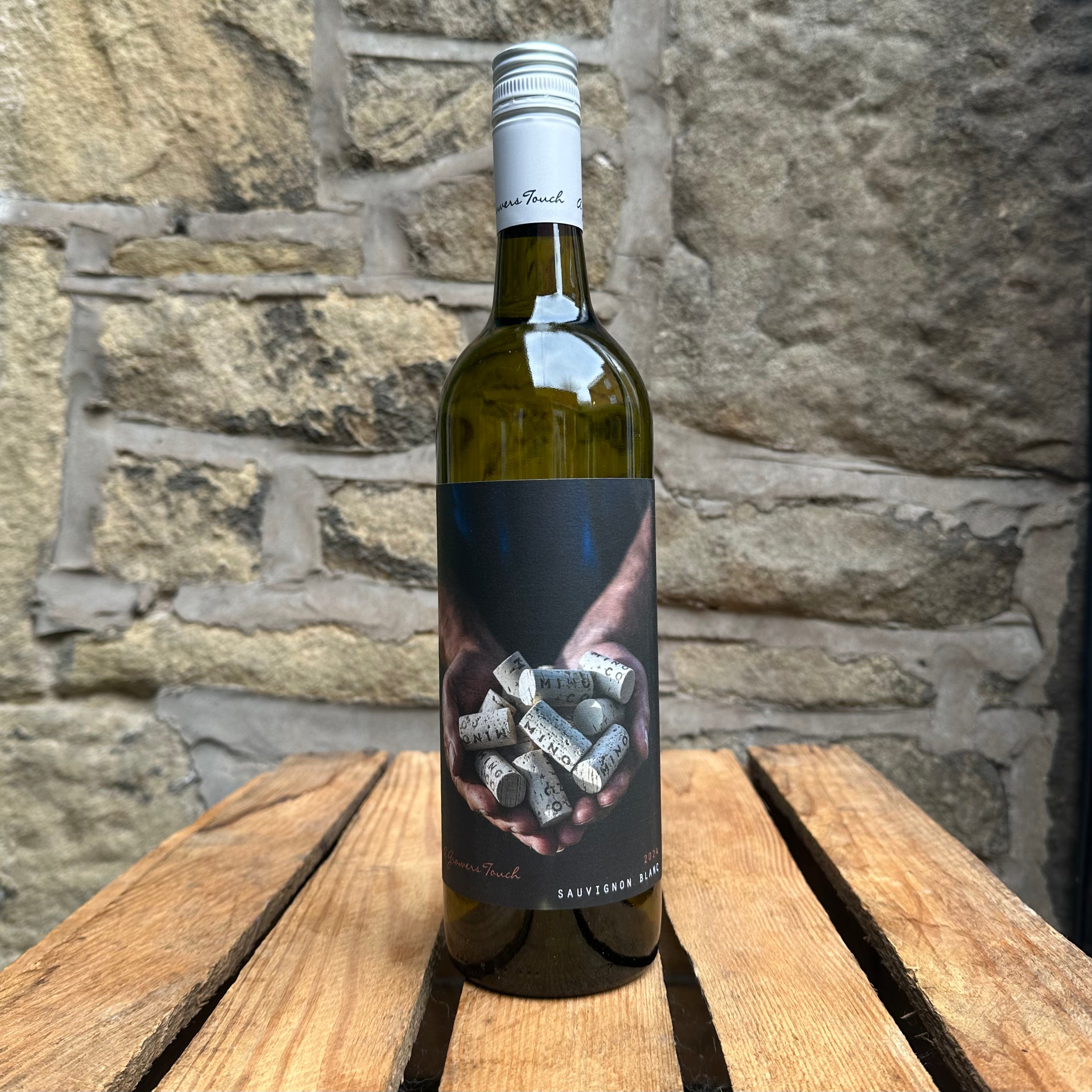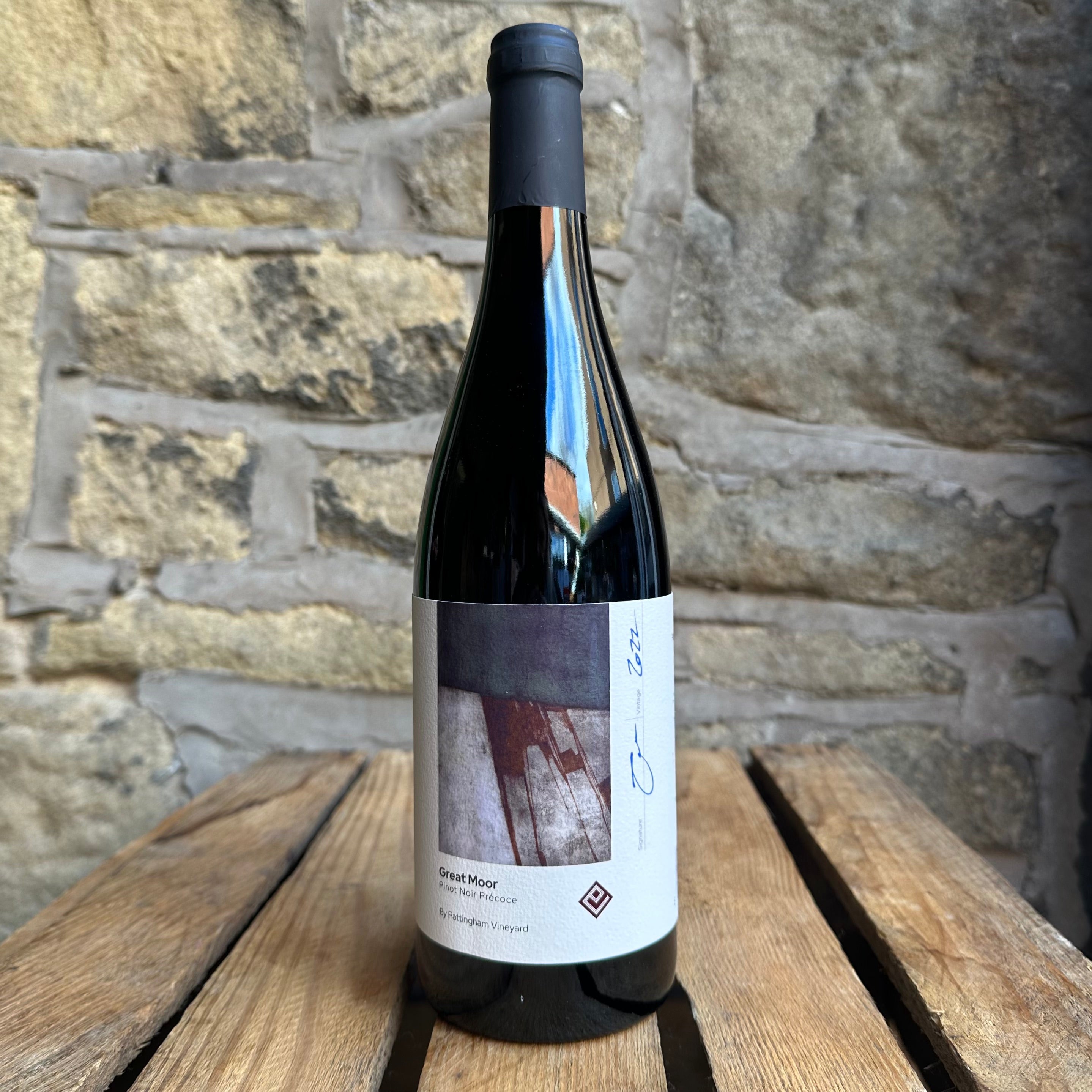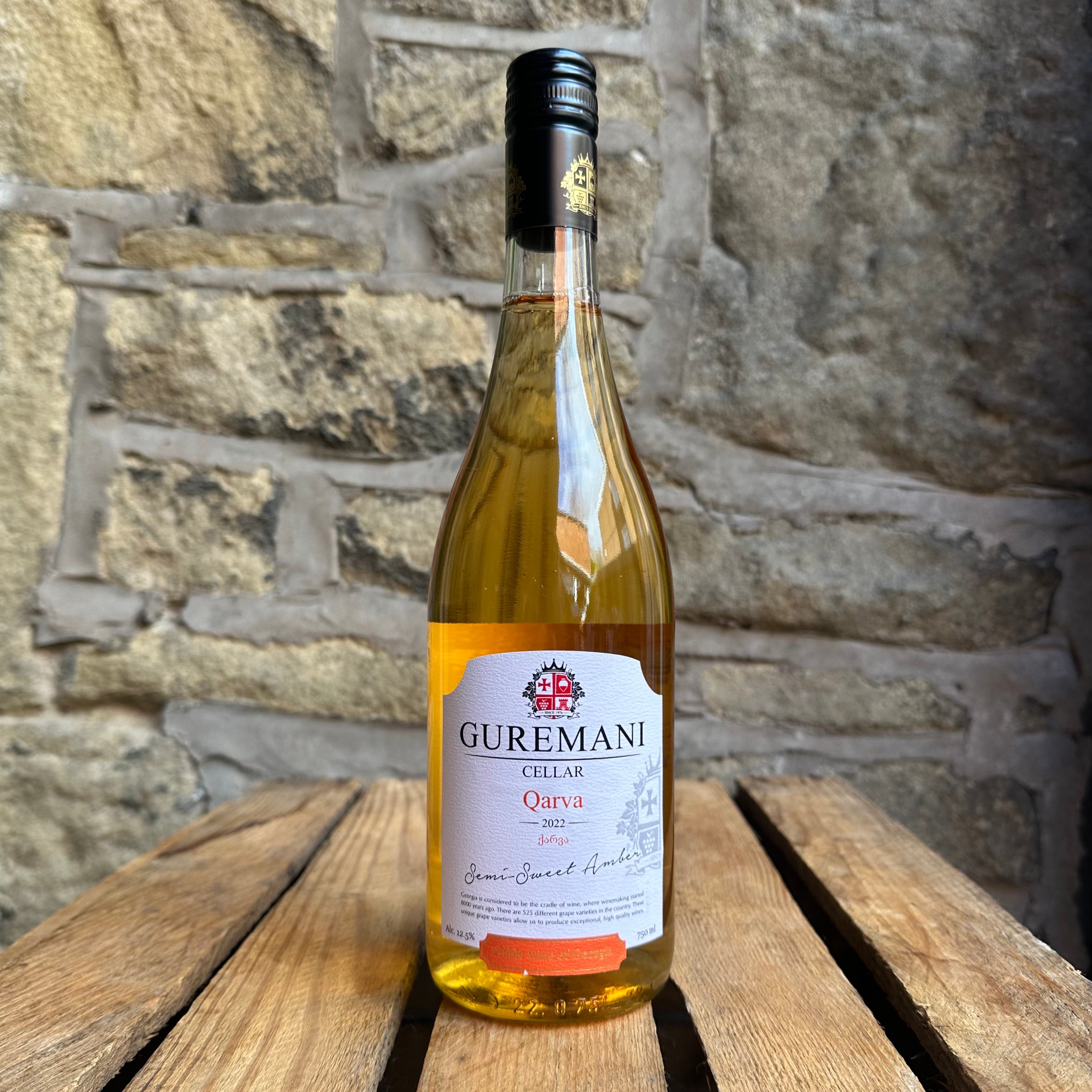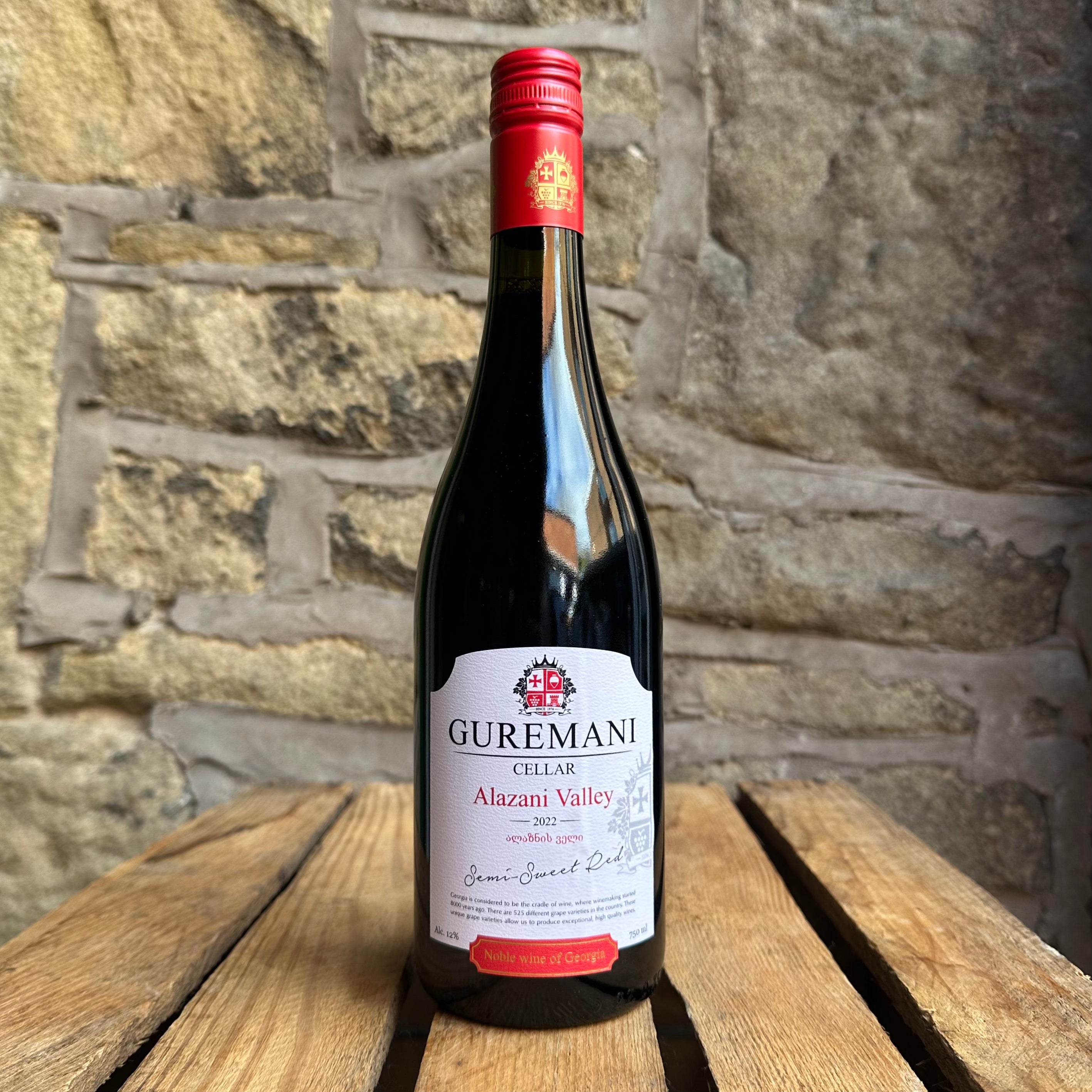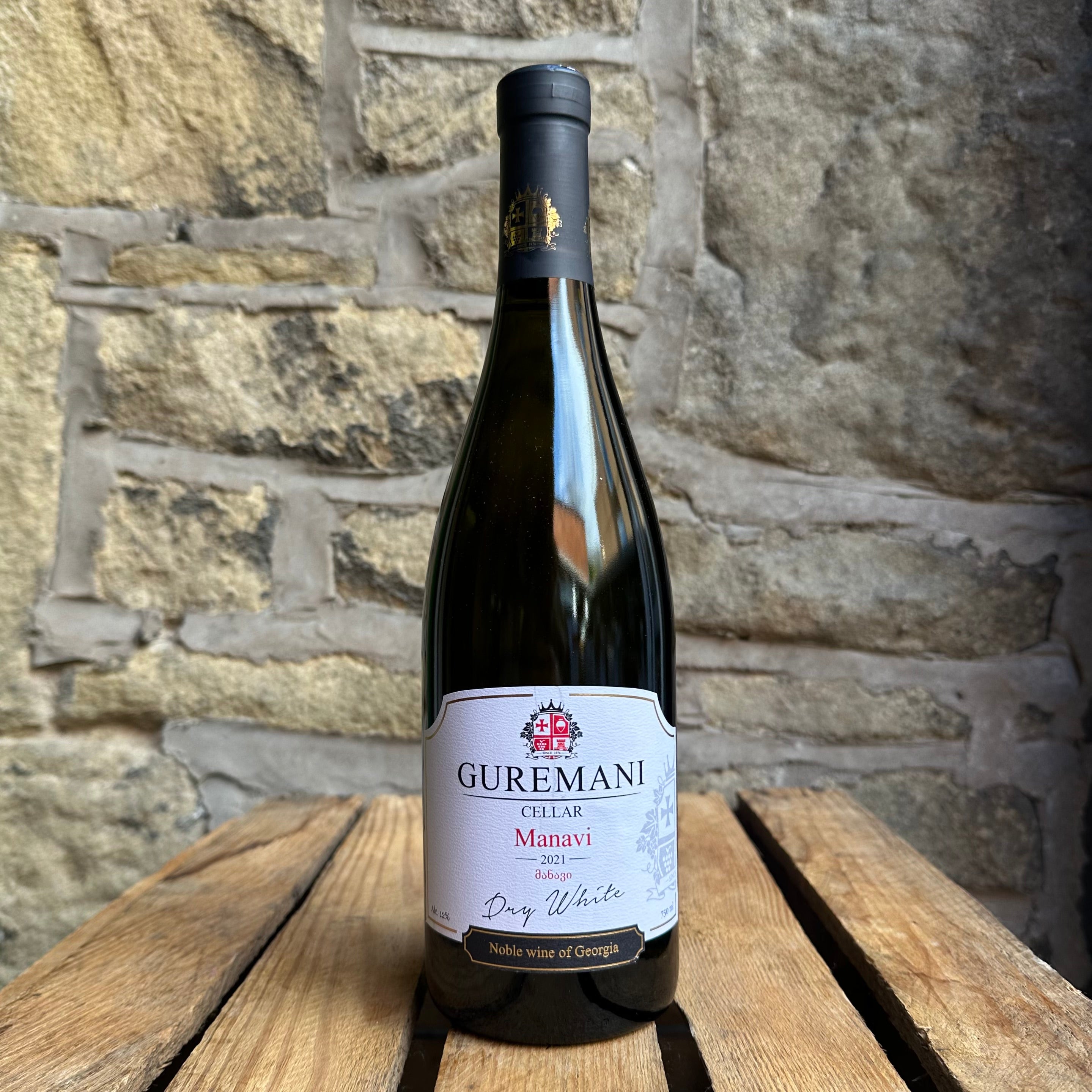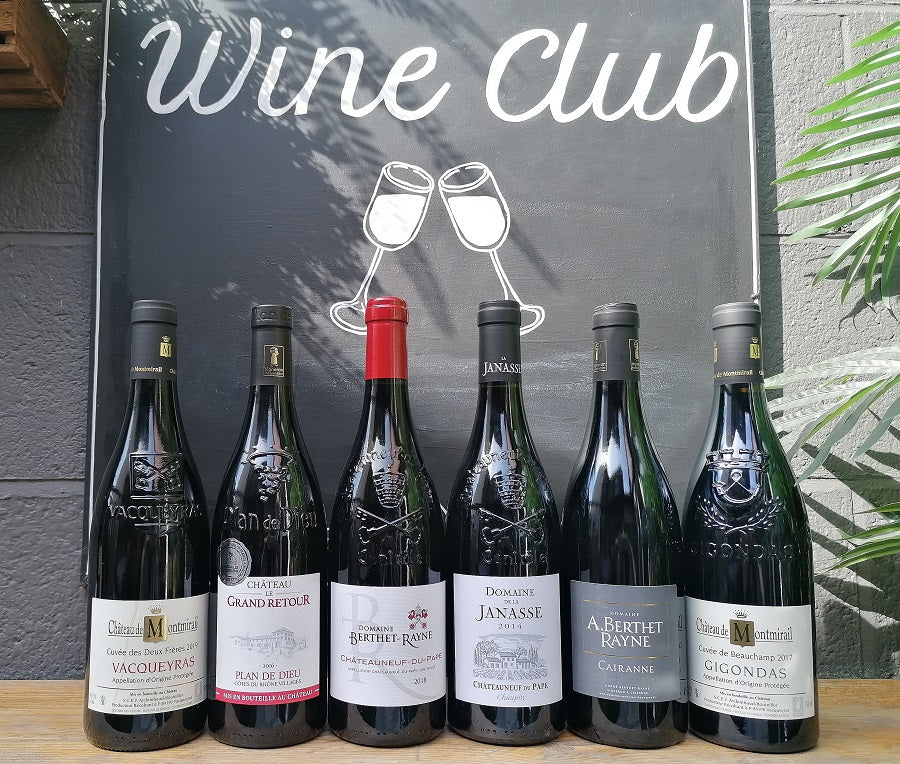
Grenache - A grape of multiple personalities

One of the most widely planted grapes in the world, Grenache has long been an essential ingredient in famed blends of Southern France and Northern Spain, perfect for adding fruit and softness to your favourite Chateauneuf du Pape or Rioja. To celebrate International Grenache Day on 17th September, we take a look at this talented grape, exploring its history and its rising popularity as a modern varietal.
THE VINE

The late ripening Grenache vine loves warm climates with long growing seasons and requires little irrigation, thriving in arid terroir. Its hardiness and long ripening means it can produce plentiful fruit with high sugar (therefore alcohol) content. Thin skin brings low tannins and more room for ripe fruit flavours to shine through.
This profile has made the grape perfect blending, softening other varieties and adding a fruity, easy-drinking aspect. However, its willingness to produce can risk high yields that diminish quality of concentration, so care must be taken to control production, especially when creating modern varietals.
Grenache has been around since before the 12th century and there is some debate as to its true geographical origin. Although often the most synonymous with France's Rhone Valley, it was widely used prior to this in Northern Spain (Aragon, Catalonia) and Italy (Sardinia, Southern Italy). It is now thought to have originated in either northern Spain or the on the Mediterranean island of Sardinia.

PROFILE
Although Grenache creates dry wines, it has an element of sweetness from its fruit. These include ripe raspberry, strawberry, red and black cherry which can become jammy or stewed with longer ageing or warmer climes. Notes of white pepper, sweet violets and baking spices also appear, even in the most youthful wines.
Grenache is made even more versatile when it can retain its easy-drinking status whether oaked or unoaked, due to its low tannins. Rather than diminish fruitiness, longer oak and bottle ageing simply adds complements and power with elements such as herbal notes, forest floor, tobacco, smoke and liquorice, sometimes giving the impression of rich fruit cake overall.

SPAIN
In Spain, the grape is known as Garnacha and is still widely used in the north of the country. It is blended with Carignan for Catalonia's highly regarded Priorat wines, and features frequently with Tempranillo in Rioja wines. Finca Manzanos create a unique varietal from their excellent Vegan-friendly Rioja range, with careful oak ageing for added black fruits, vanilla and chocolate alongside red berries and sweet violets.
Varietals can be found in Aragon and neighbouring Navarra, which are typically youthful, unoaked and easy drinking. Aldeya Ayles Garnacha hails from the Carinena region of Aragon and shows youthful, juicy red fruits, subtle mint and a touch of tobacco and vanilla from short oaking.
It has also moved further south to areas such as Castilla-La Mancha with Bodegas Altolandon Mil Historias who are an Organic, Biodynamic and Vegan-friendly winery sitting in the heart of Manchuela DOC. Their short-oaked Granacha shows candied fruits, red and black, balance beautifully with the white pepper, rosemary herbs and balsamic finish.

FRANCE
In France, Grenache Noir took prominence in the southern Rhone Valley in the 19th century. Many of the wines you enjoy from Cotes Du Rhone or premium appellations such as Vacqueyras, Gigondas and Chateauneuf du Pape will have Grenache, alongside other permitted varieties such as Syrah, Mourvedre and Cinsault.
Languedoc-Roussillon on the south coast still go strong with Grenache, often in Rhone-style blends from respected areas such as St Chinian and Faugeres. Contemporary exploration of Grenache since the 1990's has allowed many producers from this region, one of its historical homes, to create modern varietals. 223 Grenache Noir is a charming Vegan-friendly wine produced by outstanding winemakers Xavier Roger. Silky and voluptuous with plum and blackberry alongside red fruits, hints of liquorice and a spicy herb finish.
Of course, one mustn't forget Grenache's role in Provence Rose wines. Known for pale delicacy and a perfect balance of fruit and floral, Grenache ensures fresh red berries can shine through. Grenache will almost always feature in the best blends.
FOOD PAIRING
Finally, it would be difficult to generalise food pairing for Grenache when such a range of blends exist, but one can certainly provide definite matches for varietals whether youthful or aged. Barbecue dishes are always welcome, and beef matches well whether as a roast, casserole, steak or burger. It is also a great partner for Spanish and Mexican type dishes such as Tapas, Tacos and Burritos, as well as hearty bean and pulse bakes and stews.


